Table of Contents[Hide][Show]
Wouldn’t it be great if you could harness the antioxidant and anti-aging powers of green tea and put them to work on your skin?
You’ve probably heard about how good green tea is for your health. Studies have shown that green tea, when taken internally, may help reduce the risk of cardiovascular disease, lower blood pressure, balance blood sugar levels, and even help lower LDL “bad” cholesterol levels.
Green tea for your skin
We’ve long known that green tea is good for your skin, too. We’ve already included it in several of our formulas because of it’s ability to protect skin from environmental stressors.
But there is a certain, special form of green tea that could potentially impart even more benefits on the skin. It’s super popular right now, because it’s so convenient.
It’s called matcha green tea, and because of the unique way in which it’s processed, it’s considered the “super” green tea, capable of transmitting a higher level of all that is good in green tea into your system.
Here’s why that is—and how you can harness these super powers for your anti-aging regimen.
How is matcha different from regular green tea?
All tea comes from the Camellia sinensis plant. Green tea is made from leaves that are steamed and dried right after harvest, whereas black tea is made from leaves that are harvested, allowed to wither a bit, and then crushed, torn, rolled, or curled and allowed to age (or “oxidize”) before being dried.
How it’s made
Matcha green tea leaves go through yet another type of process. First, a few weeks before harvesting, the leaves are sheltered from the sun. This slows growth and stimulates the plant to release more chlorophyll into the leaves, creating a rich, green color (and increasing the amount of antioxidants).
The leaves are then picked, steamed to prevent oxidation, and then stone-ground into the green powder that is matcha green tea. This powder can then be combined with hot water to create a cup of tea, or added to smoothies and drinks or even baked goods.
Matcha green tea is the original powder that has been used in Japanese tea ceremonies for over 900 years. In traditional medicine, it was used to cure a number of health issues, and was honored as a miracle elixir for increasing concentration.
What makes matcha green tea special?
What’s exciting about matcha is that is contains a higher concentration of antioxidants. It’s also higher in other useful nutrients like L-theanine, an amino acid that creates the “alert calm” that so many people enjoy from drinking matcha green tea.
The level of nutrients is more concentrated because you’re consuming the entire leaf. When we brew regular green tea, we add water to the leaves, soak for awhile, and then remove the leaves and throw them away.
Absorbing all the goodness
The longer we soak, the more nutrients are transferred from the leaf to the water, but we are still losing some of them when we remove them after soaking.
Matcha green tea allows us to get all of the leaf in all its goodness into our bodies (or onto the skin).
How potent is matcha compared to regular green tea?
How much are we gaining by choosing matcha over regular green tea? Well, it depends on the quality of the product. You do have to be careful—some brands are not as dependable as others. Some manufacturers add sugar and flavorings to their matcha powders, for example, so it’s best to select those that are pure and that are made by companies growing and harvesting their leaves carefully.
The nutrients found in matcha
Levels of antioxidants and other nutrients vary from batch to batch, but according to a 2003 study, matcha is likely to contain more than regular green tea. Researchers analyzed levels of five catechins and caffeine in matcha compared to a popular green tea. They found that the levels of epigallocatechin gallate (EGCG)—one of the most powerful and well-studied compounds in green tea—was at least three times higher in the matcha than in regular green teas.
Age is also likely to have an effect. The longer the tea—whether powdered or put in bags—sits on the shelf, the less EGCG and other powerful nutrients it’s likely to contain. Always look for quality and age when choosing your teas.
What to watch out for
There is also some concern that leaves grown in some polluted areas, such as China, may contain lead.
Brewed tea is a lower risk because you’re consuming only the water infused with the essence of the leaves, but since you’re consuming the entire leaf with matcha, some caution is wise, particularly for pregnant and breastfeeding women. Choose high quality matcha grown in rural areas.
What are the anti-aging benefits of drinking matcha green tea?
We have a number of studies on green tea and health. Though results have been mixed, the evidence so far has linked consumption with faster recovery after workouts, cell strength, and “calm alertness.” It has also been found to boost immunity, and potentially to help people with their weight loss goals.
Green tea has also been associated with anti-aging and it makes sense. All those antioxidants help ward off free radical damage that usually leads to aging.
Matcha for your skin
Researchers believe it’s the antioxidants in the tea that have anti-aging power, but when it comes to skin, green tea provides a number of benefits that can delay the appearance of aging:
Soothing
Green tea has a natural soothing properties, which means it can help with oily skin and sensitive skin.
Antioxidants
The powerful antioxidants in green tea (even more in matcha) help protect the skin from environmental stressors. The result may be reduced appearance of fine lines and wrinkles, as well as a tighter and firmer look.
Catechins
The catechins in green tea were also found to protect.
Because of the way green tea works some researchers have suggested it as a powerful addition to sunscreen formulas. (Currently, zinc oxide is considered the best option.)
The effects are so promising for skin that one researcher wrote: “Although more clinical studies are needed, supplementation of skin care products with green tea may have a profound impact.”
Matcha green tea mask
If you’d like to see what green tea can do for you when you put it on your skin, we have a simple way for you to try it.
First, start with a quality matcha green tea product. Matcha is a good option for skin care because it is naturally more potent than regular green tea.
Ingredients
Next, mix a tablespoon or two of your powder with one or more of the following ingredients, depending on what effects you’re looking for:
- Few drops of lemongrass (for cleansing and purifying)
- Tablespoon of rose water and several drops lavender oil (to soothe sensitive skin and minimize the appearance of large pores)
- A tablespoon of honey and yogurt (for deep moisturization)
- One egg (to absorb excess oil, tighten, and tone)
- Water or aloe vera gel (for simple anti-aging effects)
- One-half to one teaspoon coconut oil (to create smooth, soft, radiant skin)
You can always add a few drops water to any of the above to create your preferred consistency.
Instructions
Apply the mixture to your face, and leave on for 10-15 minutes before rinsing and following with your favorite moisturizer.
How do you make green tea masks? Let us know your tips and experience with other natural mask products in the comments below!
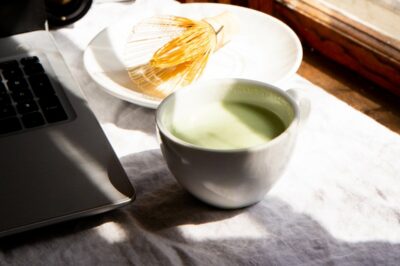


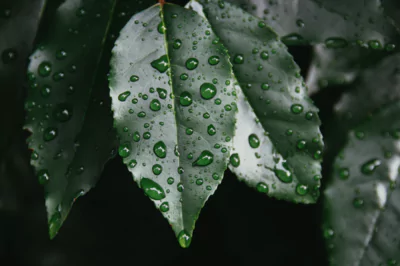
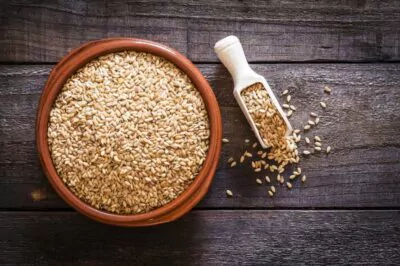
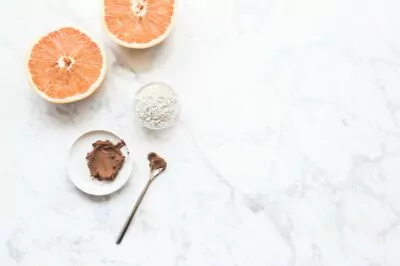

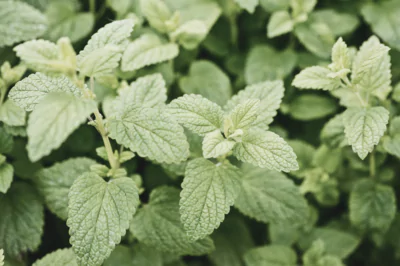
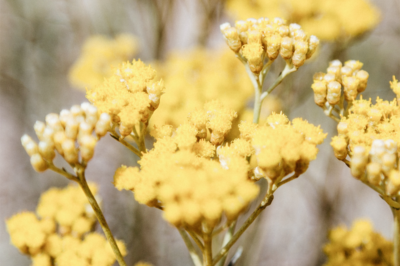
So if I want all/most of the effects listed there, can I mix the matcha with all the ingredients at once, or is it better to do each on separately?
i would recommend mixing the matcha with witch hazel and raw honey ! makes ur skin super soft
Interesting article – would you be willing to recommend brands of matcha tea that are organic and pure. Thanks!
Hi there,
We don’t have a brand to suggest for you, but there are lots out there! A bit of research and finding a good brand is all about knowing where it was sourced from and making sure that it’s ceremonial grade matcha.
Hi! I tried this a few weeks ago…think I saw you mentioned it on an Instagram post. I kept things simple…just matcha and water. I left it on about 15 minutes then rinsed it off in the shower. I used my hands to remove it, and definitely felt some gentle exfoliation. My skin felt soft afterwards. I’ve posted several recipes on my blog for hot and cold drinks using matcha, but I never would have thought to use it topically. Thanks!
Elizabeth
Which band of the matcha Green tea?
Hi there,
We don’t have a brand to suggest for you, but there are lots out there! A bit of research and finding a good brand is all about knowing where it was sourced from and making sure that it’s ceremonial grade matcha.
I recommend my brand. It is responsibly sourced, organic, raw and pure. I have scoured Japan for the best source and I have come up with my products. http://www.wholeleaatcha.com. I don’t usually use discounts but here’s 20% off: FRIENDLYMATCHA